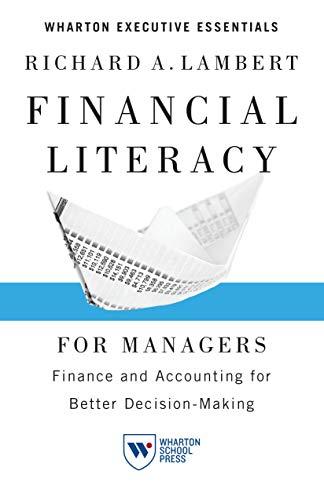Question
Aurthohin Kajkormo Ltd. (AKL) has two project possibilities for investment and therefore, considering the feasibility of investing $60,000 either in Project X or Y initially.
Aurthohin Kajkormo Ltd. (AKL) has two project possibilities for investment and therefore, considering the feasibility of investing $60,000 either in Project X or Y initially. Aurthohin Kajkormo Ltd. (AKL) plans to take on a project (project X) in shipping industry which will require Tk.60,000 as capital. But after that they expect that they will get back 20,000 in year 1, another 25,000 in year 2, another 30,000 in year 3, After this if they wish to continue with this project then they will have to reinvest a further Tk.100,000 which will give them a constant cash flow annually of Tk.35,000 for eternity. Otherwise, they would have to stop the project without any salvage value. The second project is in the Ready-Made Garments industry (project Y) which will require an initial investment of Tk.60,000. It will payback 25,000 at the end of each year for foreseeable future with a steady growth rate of 5% Both projects have a weighted average cost of capital of 11%.
(Please write down the formula also it will help me to understand)
a) What is the Net Present Value of the projects if AKL decides to invest in the projects initially? (Use formula)
b) What is the payback period of the projects if AKL decides to invest in the projects initially? (Use formula)
c) Comment on PBP and NPV decision criteria if these projects are mutually exclusive. (Use formula)
d) Lets assume, the CEO believes the IRR is the best selection criterion where IRRX=9.71181%, IRRY = 12.24157%, while the CFO advocates the NPV. If the decision is made by choosing IRR rather than NPV, how much, if any, value will be forgone? i.e., what's the chosen NPV versus the maximum possible NPV? Note that (1) "true value" is measured by NPV, and (2) under some conditions the choice of IRR vs. NPV might have no effect on the value gained or lost. Comment on which project to be chosen based on IRR and why? (Use formula)
e) Assume that the project being considered has normal cash flows, with one outflow followed by a series of inflows like the scenario above. The payback is useful here as an indicator of a projects liquidity. However, will there be any difference in payback period and discounted payback period? Why or why not? (No calculation needed)
Step by Step Solution
There are 3 Steps involved in it
Step: 1

Get Instant Access to Expert-Tailored Solutions
See step-by-step solutions with expert insights and AI powered tools for academic success
Step: 2

Step: 3

Ace Your Homework with AI
Get the answers you need in no time with our AI-driven, step-by-step assistance
Get Started


